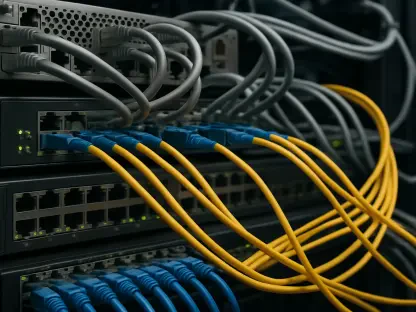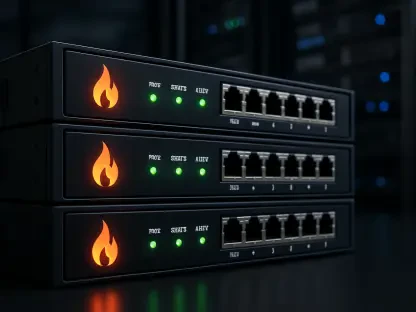As the incidence of cyber threats continues to rise, cybersecurity agencies worldwide grapple with the challenge posed by Fast Flux—a sophisticated technique used by cybercriminals to conceal the locations of their illicit servers, thereby evading detection and maintaining resilient command and control (C2) infrastructures. Understanding and addressing this technique is crucial in the fight against high-profile cyber attacks.
The Growing Menace of Fast Flux
Fast Flux involves rapid changes in DNS records, primarily IP addresses, to ensure that malicious actors can obscure their malicious servers effectively. This frequent alteration creates a formidable barrier for conventional security measures, as defensive systems struggle to keep up with the constantly evolving landscape. By rotating IP addresses, perpetrators maintain robust and elusive C2 infrastructures, which makes it immensely difficult for cybersecurity professionals to detect and mitigate these threats effectively.
The sophistication of Fast Flux is evident in its variants, such as Single Flux and Double Flux. Single Flux maps one domain name to multiple rotating IP addresses, while Double Flux takes this a step further by also switching DNS name servers. This dual technique significantly enhances anonymity and redundancy, employing botnets of compromised systems to act as proxies. Consequently, the complexity and resilience of these operations are heightened, complicating efforts to trace and block them.
Implications for Cybersecurity and National Security
The implications of Fast Flux are far-reaching, particularly as it is employed in notable ransomware attacks like those orchestrated by the Hive and Nefilim groups, as well as by Russian-backed APT Gamaredon. This indicates a growing trend where nation-state actors leverage these tactics to evade IP blocking measures and perpetrate cyber attacks on a scale that poses genuine national security threats. The resilience and adaptability of Fast Flux necessitate an urgent and coordinated response from governments, critical infrastructure entities, and cybersecurity service providers.
Detecting and mitigating Fast Flux activities require advanced detection measures and strategic interventions. Cybersecurity agencies, combined with Protective DNS (PDNS) service providers, need to develop capabilities that allow them to thwart these elusive threats. Government bodies, alongside critical infrastructure organizations, must collaborate closely with Internet Service Providers (ISPs) and cybersecurity service providers to implement these measures effectively.
Call to Action for Service Providers and Organizations
As the advice from joint cybersecurity advisory groups highlights, addressing the Fast Flux threat is essential. By prioritizing the identification and blocking of Fast Flux activities, service providers, particularly PDNS providers, can mitigate these risks and secure national interests. Enhanced vigilance and capabilities are necessary to counter the sophisticated mechanics of Fast Flux, and collaboration is fundamental to achieving this.
The advisory also points out the need for these entities to work together in developing and implementing robust detection measures. The role of ISPs and cybersecurity providers cannot be overstated, as their cooperation is pivotal in ensuring that the implemented measures are timely and effective. By bridging gaps in network defenses and adopting proactive strategies, these collaborative efforts could significantly reduce the threat posed by Fast Flux.
Conclusion
In summary, the rise of Fast Flux as a technique used by cybercriminals and nation-state actors represents a formidable challenge for cybersecurity efforts. The abrupt changes in DNS records, variant techniques, and deployment of botnets complicate traditional detection and mitigation. Therefore, the urgent call from global cybersecurity agencies underscores the need for a coordinated response.
Service providers and organizations must heighten their vigilance, leverage advancements in detection technology, and foster collaboration across sectors. By doing so, they would bolster their defenses against the sophisticated threats fueled by Fast Flux, securing national and global cybersecurity interests effectively.









